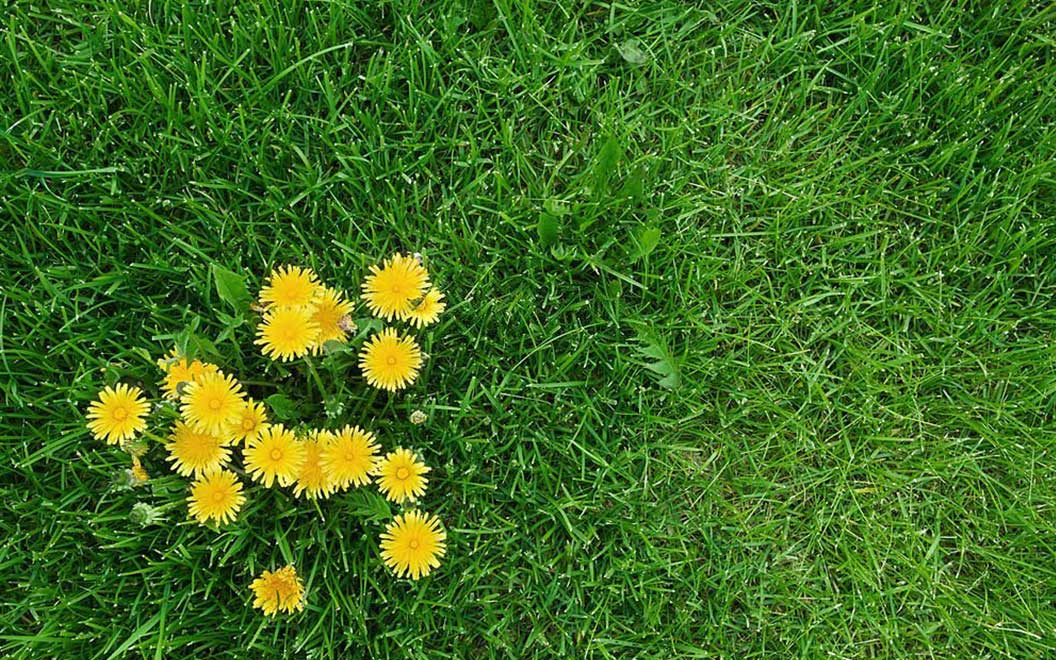Dandelion, derived from the French name “dent de lion” meaning “lion’s tooth”, is a plant that belongs to the family of flowering plants and considered (in my opinion) as useful backyard weed which is usually unwanted in one’s garden, except its lovers. It is a perennial herb that has a cluster of leaves in spirals arising basally from the crown of the plant at ground level. They are easily identified by their yellow flowers and toothed leave. Botanically, dandelion is referred to as taraxacum. Although there are about 200 species of dandelion with taraxacum magellanicum, taraxacum mongolicum, and leontodon taraxacum as frequent species, taraxacum officinale is the most prevalent species.
ORIGIN
Dandelions is said to be native to Eurasia. The earliest documentation of dandelion was done during the Roman era, while its use was noted by the Anglo-Saxon tribes of Britain and the Normans of France. Currently, dandelions are found on six continents namely Asia, Europe, the Americas, and Africa. For instance, whereas dandelion is said to have been introduced in the Americas by European immigrants who were attracted to the health benefits of the plant, it was introduced to the Midwest as a food source for both bees and settlers.
Dandelions grow everywhere, therefore, they need not be cultivated. Those who cultivate them on a large scale do so from transplants or seeds. The cultivation of dandelion is mostly done in early spring or late autumn. This full-sun hardy plant thrives in a variety of temperatures and circumstances; however, they grow well in sufficiently fertile soil that is properly hydrated.
NUTRITION
Dandelion leaves are rich in vitamins A, C and K, contain significant amounts of various B vitamins like riboflavin and thiamine. It also contains magnesium, potassium, and phosphorus. Fresh dandelion is made up of 86% water, 9% carbohydrate, 3% protein and 1% fat.
BENEFITS OF DANDELION TO THE HUMAN BODY
Primarily, dandelions aid in digestion. The bitter flavors encourage the production of digestive fluids such as stomach acid, bile, and pancreatic secretions. Dandelion stimulates appetite and is beneficial to individuals who have been sick or have lost their appetite due to the elderly. To assist digestion, dandelion can be taken before and after meals. For instance, the dried leaf, taken as tea, is used as a mild laxative to relieve constipation, gas, and indigestion. Dandelion includes inulin and mucilage, which soothe the digestive system, absorb toxins from food, and control intestinal bacteria colonies that generate poisons that kill other bacteria. That is, they keep unfavorable microorganisms at bay.
Dandelion is a powerful plant in the fight against liver disease. It increases the flow of bile, which aids in the digestion of cholesterol and fat. Dandelion supports the ability of the liver to absorb and store vitamins, minerals, and carbohydrates. It helps to maintain a healthy hormone balance by improving blood filtration to eliminate old cells and dangerous germs.
Despite its reputation for causing bedwetting, dandelion really helps to strengthen the urinary system. Unlike many diuretics (any drug that causes increased urine output) which induce potassium loss; dandelion does not create this imbalance and may thus be taken more safely over time. Its diuretic properties can help those who have swollen ankles, fluid retention, or high blood pressure.
OTHER BENEFITS
Dandelions are an excellent source of natural coloring. Yellow and greenish-yellow dyes may be made from both the leaves and the flowers. This is not astonishing because plants were the primary source of dye until the mid-19th century when people discovered that dye pigments could be chemically produced. To get the best out of dandelions, it is preferable to utilize them immediately they are harvested. It must be used with a substance, typically an inorganic oxide, that combines with the colour in the dandelion to attach to the material. This is often referred to as mordant. The greatest place to utilize dandelion is on animal fibres.
Dandelion can also be used for rubber. This is fascinating, right? The plants leak milky latex liquid when split open, although only a tiny amount is produced by wild plants. A group in Germany has created a grown species that may be used to make commercial latex. The rubber is believed to be of comparable grade as rubber produced by rubber trees.
In cold temperature zones, dandelions are one of the most significant pollen sources for honey bees. Dandelions are one of the earliest plants to blossom in the spring, providing much-needed food for overwintering bees to produce fresh brood.
Dandelions have a deep tap root that transports nutrients and minerals from the subsoil to the surface. It also attracts pollinators and emits ethylene gas, which aids in the ripening of fruit. Dandelions are nature’s “hidden weapon” in the fight against soil compaction. As a result, it thrives in severely compacted suburban yards, where its tap root tries to break up the soil and bring up nutrients that are low in the top soil. Regrettably, the suburban lawn owners retaliate by poisoning this hardworking little worker.
Advisably, it can be concluded that this backyard weed has great benefits both to man and the environment, therefore, it would be great for all to make good use of it, rather than destroy them.


Comments are closed.